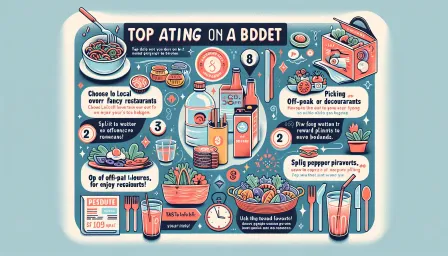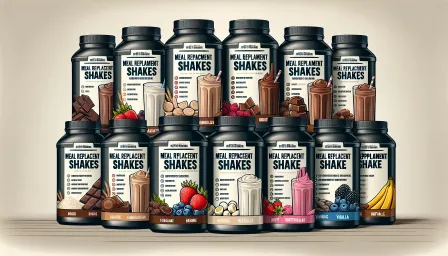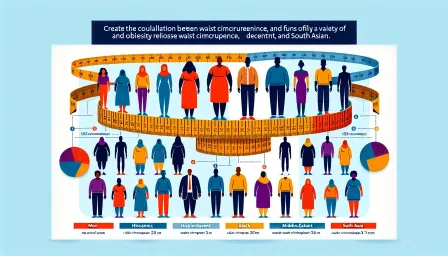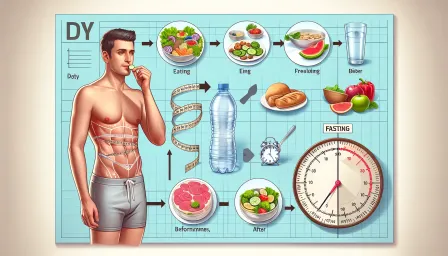Ketogenic Diet vs Atkins: Which Low-Carb Plan is Right for You?
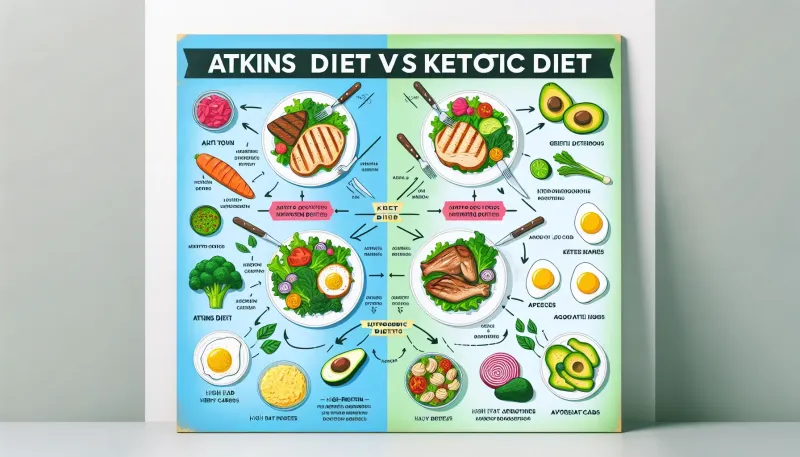
An in-depth comparison of the Ketogenic diet vs Atkins. Learn which low-carb plan is right for you based on your health goals.
Low-carb diets have gained significant popularity in recent years, promising weight loss, enhanced energy levels, and improved overall health. Among the most well-known low-carb dietary plans are the Ketogenic diet and the Atkins diet. While both emphasize carbohydrate restriction, they differ in their approaches and long-term sustainability. This article provides a detailed comparison of the Ketogenic diet vs Atkins to help you decide which low-carb plan is right for you.
What is the Ketogenic Diet?
The Ketogenic diet, often referred to simply as keto, focuses on drastically reducing carbohydrate intake while increasing the consumption of fats. The goal is to induce a state called ketosis, where the body burns fat for fuel instead of carbohydrates. Typically, the macronutrient breakdown for a keto diet includes:
- 75% fats
- 20% protein
- 5% carbohydrates
How Does the Ketogenic Diet Work?
When carbohydrate intake is significantly reduced, the body is deprived of its primary energy source, glucose. As a result, the liver begins to convert fatty acids into ketones, which serve as an alternative energy source. This metabolic state, known as ketosis, can lead to rapid weight loss and may offer other health benefits, such as improved mental clarity and reduced inflammation.
What is the Atkins Diet?
The Atkins diet, created by Dr. Robert Atkins, is one of the oldest and most well-known low-carb diets. Unlike keto, Atkins is divided into four phases, each gradually increasing carbohydrate intake as the individual progresses.
The Four Phases of the Atkins Diet
- Induction Phase: The initial phase limits carbohydrate intake to 20-25 grams per day, similar to keto, to kickstart weight loss.
- Balancing Phase: Gradually reintroduces low-carb vegetables, nuts, and seeds. Carbohydrate intake is increased to 25-50 grams per day.
- Pre-Maintenance Phase: Continues to add more carbohydrates, with an intake range of 50-80 grams per day, monitoring weight loss.
- Maintenance Phase: The final phase aims to maintain the weight loss achieved, allowing up to 100 grams of carbohydrates per day, or higher depending on individual tolerance.
Key Differences Between Ketogenic Diet vs Atkins
Carbohydrate Intake
The primary difference between the Ketogenic diet and Atkins diet lies in their approach to carbohydrate intake:
- Ketogenic Diet: Maintains a consistently low carbohydrate intake (approximately 5% daily caloric intake) to keep the body in a state of ketosis.
- Atkins Diet: Starts with a very low carbohydrate intake in the Induction phase but gradually increases carbs through the subsequent phases.
Flexibility
The flexibility of carbohydrate intake on the Atkins diet can make it easier for some individuals to follow in the long term compared to the strict compliance required by the ketogenic diet.
Goals and Focus
- Ketogenic Diet: Primarily aims to achieve and sustain ketosis, which is believed to offer various metabolic benefits.
- Atkins Diet: Focuses on weight loss and maintenance through controlled carbohydrate reintroduction.
Potential Health Benefits and Risks
Ketogenic Diet Benefits and Risks
Benefits:
- Rapid weight loss due to ketosis
- Improved mental clarity and focus
- Reduced blood sugar and insulin levels
- Potential reduction in seizures for individuals with epilepsy
Risks:
- Keto flu (temporary symptoms during the initial phase)
- Nutrient deficiencies due to limited food variety
- Potential impact on liver and kidney health
- Possible initial side effects like constipation and bad breath
Atkins Diet Benefits and Risks
Benefits:
- Initial rapid weight loss in the Induction phase
- Potential improvement in blood lipid levels
- Better control over hunger and cravings
- Increased flexibility for long-term adherence
Risks:
- Initial side effects such as dizziness, headaches, and fatigue
- Potential for nutrient deficiencies if not carefully managed
- Difficulties in managing carbohydrate reintroduction for some individuals
Who Should Choose Which Diet?
Considerations for the Ketogenic Diet
The Ketogenic diet may be suitable for those who:
- Need rapid weight loss
- Prefer a high-fat diet and can tolerate strict carbohydrate limitations
- Are looking for potential neurological benefits or improved mental focus
- Have medical conditions that may benefit from ketosis, such as epilepsy
Considerations for the Atkins Diet
The Atkins diet may be a better fit for individuals who:
- Prefer a structured approach with gradual carbohydrate reintroduction
- Need a low-carb diet that allows more flexibility
- Seek a sustainable long-term weight management solution
- Have struggled with other restrictive diets and need more food variety
Final Thoughts: Ketogenic Diet vs Atkins
Both the Ketogenic diet and Atkins diet offer effective approaches to carbohydrate reduction and weight loss. However, their differences in structure, flexibility, and long-term sustainability make them suitable for different individuals and dietary preferences. It's essential to consider your health goals, lifestyle, and any medical conditions when choosing between the Ketogenic diet vs Atkins. Consulting with a healthcare provider or a registered dietitian can also provide personalized guidance and help you make the best choice for your specific needs.




